Zagros
Q167021Zagros: mountain range in western Iran.
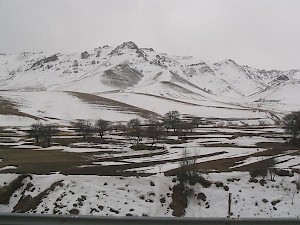
The Zagros mountains can be found in western Iran and separate the alluvial plains of Assyria and Babylonia from the Iranian highland. The mountain range is intersected by large, fertile plains, which made the central are, Media, one of the richest parts of Iran. It has been maintained that the Neolithic Revolution, i.e., the invention of agriculture, started in the Zagros.
The Zagros is a geologist's paradise. In the central Zagros, there is sufficient rain to create rivers (more then 220 mm/year), but not enough to create forests. As a result, the rivers, full of mud, can cut deep into the landscape and create deep canyons. Here, the layers of the earth are clearly visible. Especially the valley of the Karkheh river, the ancient Choaspes, is famous for its rough scenery. Other rivers that have their sources in the Zagros are the Dez (Eulaeus), Karun (Pasitigris), and Marun. The sediments they take away from the Zagros are deposited in the plain of Khuzestan (ancient Elam).
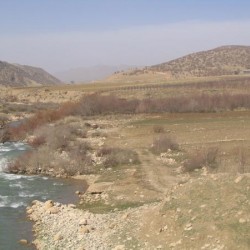 Zagros, Fertile plain north of Nihavand |
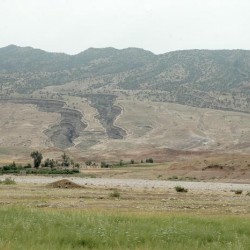 Zagros, Incision (a brook cutting its way through the rocks) |
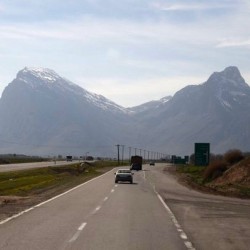 Behistun Rock, seen from the east |
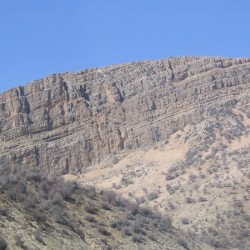 Zagros, Geological layers, east of Yasuj |
The fertile valleys - or one of these valleys - were known as the Nisaean plain, which was well-known for its horses and clover (medicago sativa, "purple medic"; alternatively, alvalva). It was an important part of the road from Central-Iraq (Opis, Baghdad) to Central Iran (Rhagae, near Tehran) and beyond (Maracanda, Samarkand).
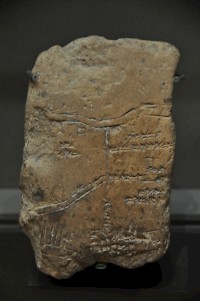
This road was part of the famous Silk road, which connected China with Sogdia, Media, Mesopotamia, and the Mediterranean. Along this road was the rock of Behistun, which dominated the road from Hamadan to Kermanshah. On the southern slope, the Achaemenid king Darius I the Great created his famous victory monument, a long inscription and a relief (more...).
The horses of the Niseaean plain, the Nisaean steeds, were so famous in the ancient world, that c.130 BCE, the Chinese emperor Han Wu-ti (141-87) sent a courtier named Chang Ch'ien to buy them. Although he failed in his mission, the result of his voyage was the opening of the Silk road. Centuries later, the Persian kingShapur I (241-272 CE) offered the Jews in the Sasanian empire a white Nisaean stallion, just in case that the Messiah, who was thought to ride a donkey or a mule, would come.
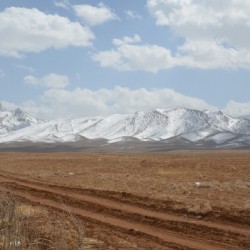 The Zagros, near Semirom |
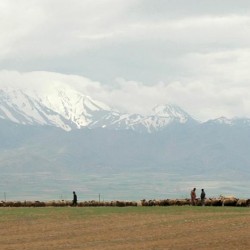 Zagros, Nesaean Plain, surrounding Ecbatana (modern Hamadan) |
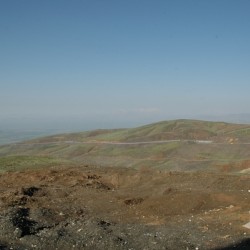 The Zagros, Mountain pass along the road from Hamadan to the west |
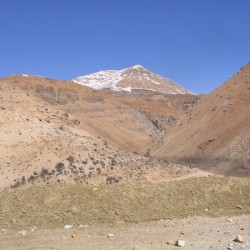 The Zagros near Yasuj |